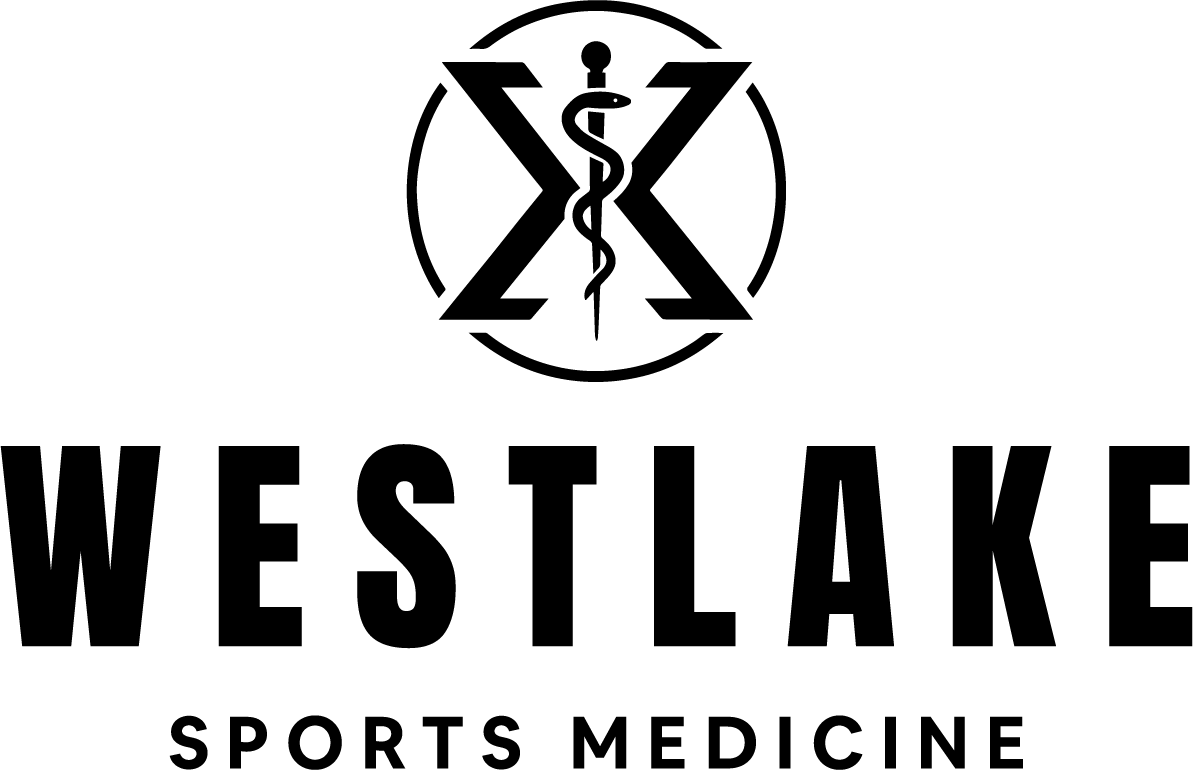What’s the Real Success Rate of PRP Therapy? Platelet-Rich Plasma (PRP) therapy has garnered significant attention in recent years for its wide-ranging applications—from treating sports injuries to improving joint health, chronic tendon pain, and even hair loss. But as with any trending treatment, many patients want to know: What’s the actual success rate of PRP therapy—and is it worth it?
Let’s break it down.
What Is PRP, Really?
PRP therapy involves drawing a small sample of your blood, then spinning it in a centrifuge to concentrate the platelets—cells rich in growth factors known to accelerate healing and tissue repair. The resulting solution is then injected into the targeted area, such as a damaged tendon, arthritic joint, or post-surgical site.
Why It’s Gaining Momentum
One of PRP’s biggest strengths is its versatility. It’s been used across fields like orthopedics, dermatology, dentistry, and even aesthetics. In musculoskeletal care, it’s frequently used to treat conditions such as:
• Tendon injuries (e.g., tennis elbow, Achilles tendinopathy)
• Osteoarthritis (especially in the knee)
• Ligament sprains
• Muscle strains and overuse injuries
But Does It Work?
where things get nuanced. The effectiveness of PRP depends on several variables:
• The condition being treated
• Your overall health and healing capacity
• The concentration of platelets (yes, this really matters)
• The injection technique and whether image guidance (like ultrasound) is used
• Consistency and quality of PRP preparation
At Westlake Sports Medicine, we aim for what research identifies as a therapeutic threshold: a minimum of 5 billion platelets per injection. Not all systems or blood draws achieve this. Some clinics may stretch a treatment over multiple visits before reaching this platelet count. Our goal is to deliver meaningful results in fewer sessions by prioritizing quality and precision from the start.
How PRP Compares
When done properly, PRP therapy has been shown in clinical studies to outperform cortisone injections for many chronic tendon conditions and surpass cortisone or hyaluronic acid (viscosupplementation) for treating knee osteoarthritis. Importantly, PRP carries none of the cartilage-degrading risks associated with repeated cortisone injections.
It’s Not One-Size-Fits-All
As promising as PRP is, it’s not a magic bullet. Success depends on selecting the right patient, treating the correct diagnosis, and using precision-guided technique—often with ultrasound to ensure the PRP is delivered exactly where it’s needed.
At Westlake Sports Medicine, we use PRP as part of a comprehensive, conservative care plan tailored to your body’s needs and performance goals. We’re here to help you make an informed decision—not to overpromise or oversell.
Final Takeaway
If you’re considering PRP, have a conversation with a provider who understands both the science and the subtleties. With proper technique, targeted treatment, and realistic expectations, PRP therapy can be a powerful tool in your recovery and performance journey.


